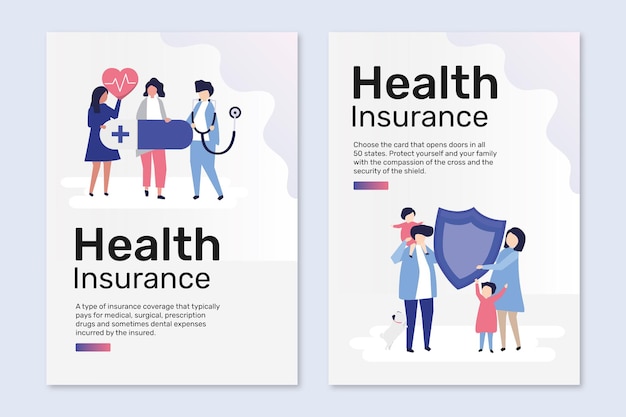Imagine this: you pass away unexpectedly. Your family and friends are devastated, mourning your loss and cherishing the memories they shared with you. But once the initial shock subsides, they’re left with a harsh reality. How will they manage without you, both emotionally and financially? Would they have to drastically alter their lifestyle? This is where life insurance steps in, offering a safety net.
So, what’s life insurance? It’s a contract between you and an insurance company. You pay a regular premium, and in return, the company promises to give a lump-sum payment to your chosen beneficiaries if you die while the policy is active. This payout, known as the death benefit, is usually tax-free.
Life insurance is pretty straightforward. You pay a monthly or yearly premium, and if you pass away during the policy term, your insurer pays out the agreed death benefit to your beneficiaries. You can even divide the death benefit among multiple beneficiaries. But remember, you need to keep up with your premium payments. If you miss payments and don’t catch up, the insurer can cancel the contract.
To claim the death benefit, your beneficiaries need to file a claim with the insurance company, providing an official death certificate and filling out an application. Most claims are paid out quickly, but in some cases, the insurer might investigate before paying.
Getting life insurance isn’t an impulsive decision. You need to apply for it, and the insurer will review your application and calculate your risk of dying during the policy term to determine your premium. They’ll ask about your age, job, medical history, family health history, tobacco use, and lifestyle. They might also check your medical records, previous life insurance applications, criminal history, and driving record. Based on this information, they’ll approve or deny your application, estimate your life expectancy, and set your premium.
Most life insurance policies come with additional benefits, known as riders. These can include an accidental death benefit rider (which increases the death benefit if you die in an accident), a waiver of premium rider (which lets you stop paying premiums if you become disabled), a long-term care rider (which helps cover assisted living costs), and a return of premium rider (which refunds premiums paid into a term life policy if you outlive the term).
There are two main types of life insurance: term life insurance and permanent life insurance. Term life insurance is usually the best choice for most people, but a whole life policy or other permanent policy could be suitable in certain situations.
Term life insurance has a fixed term, usually between 10 and 30 years, and a level premium, meaning it doesn’t change during the term. It’s a good choice for young people who want the security of life insurance but don’t expect to need it forever. If you’re over 45, you’ll likely pay higher premiums and may need a medical exam. You might also not qualify for maximum coverage.
Permanent life insurance, on the other hand, lasts indefinitely. As long as you keep paying your premiums, you’re covered, and your loved ones will receive your death benefit when you die. Permanent life insurance also has a cash-value component that grows over time. You can borrow against this cash value, or use it to pay your premiums. But remember, if you die, the insurance company keeps the cash value.
Life insurance covers almost all types of premature death. There are a few exceptions, though. Your beneficiary might not receive the death benefit if you commit suicide within the first two years of the policy, if the beneficiary is responsible for your death, if you lied on your application, or if you or your beneficiary committed fraud during the application or claims process.
So, should you get life insurance? If you have dependents, significant debts, are the main income earner in your household, do a lot of unpaid work for your household, want to protect your heirs from estate taxes, want to cover your funeral expenses, or don’t own a home but want a source of liquidity, life insurance could be a smart move.
Life insurance can be complex, and the cost depends on many factors, including the death benefit amount, your age, sex, health status, family health history, whether you smoke, your job, driving record, and lifestyle.
How much life insurance do you need? Enough to ensure your death doesn’t burden your survivors financially. This could mean enough to pay off any jointly held or co-signed debts, replace some or all of your expected future earnings, provide for children and other dependents left behind, and cover major expected future expenses.
There are many reputable life insurance companies in the United States. For a quick, all-digital application that may not require a medical exam, check out online life insurers.
In conclusion, life insurance isn’t just for those with debt or dependents. Even if you’re debt-free and don’t have kids, there are still reasons to consider it. Your partner might rely on your income, you might decide to have kids or buy a house later in life, or you might just want to ensure your funeral expenses don’t burden your loved ones. If any of these situations apply to you, or might in the future, life insurance could be a good investment.
